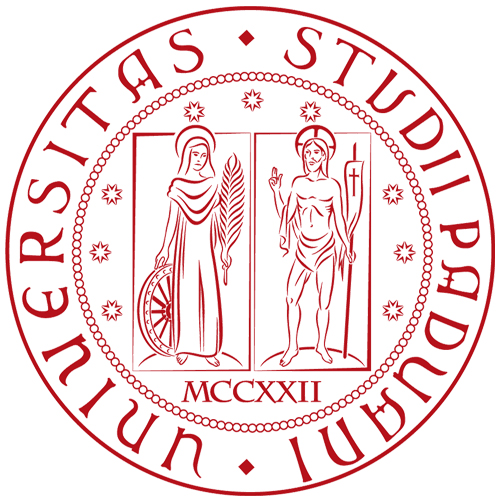
PHRC041 : Dedication to Ptolemy V, Soloi-Mersinaki - Cyprus (199-180 BC) Dedication
Permanent ID http://s.phrc.it/phrc041
Images:
Photo 1: Photo of the slab, from Gjerstad et al. 1937, II, pl. CXLVIII

Text constituted from: Gjerstad et al. 1937, I, p. 378, no. 1080; p. 622-623, no. 6.
Other editions:
See also: Caneva 2020.
Images: Gjerstad et al. 1937, II, pl. CXLVIII.
Further bibliography: on Mersinaki, see Gjerstad et al. 1937, esp. p. 393-398 for the chronology of the sanctuary; Papantoniou 2012, p. 111-112, 210; on the epithets of Ptolemy V, Lanciers 2014.
Online record:
This block bears a very poorly executed dedication to Ptolemy V (for the contrast with marble, see commentary to PHRC030 and PHRC040). As regards its measures, it can be compared with a marble block bearing a dedication to Sarapis, Isis and the Theoi Adelphoi at Kaunos (PHRC005). The stone was probably inserted in an altar or in another structure indicating that a part of the sanctuary was dedicated to the cult of Ptolemy V.
The presence of the denomination Theos Epiphanes points to 199 BC as the terminus post quem for the dedication: see Lanciers 2014 on the date of the assumption of the title '(Theos) Epiphanes' by Ptolemy V. The death of Ptolemy V’s reign in 180 BC provides the most plausible low chronological limit. Admittedly, an inscription from Thera ( IG XII 3, 467 + IG XII 3, Suppl. 1391, a dedication to the Theoi Epiphaneis by the garrison commander Aristippos) shows that dedications to the deified couple of Ptolemy V and Kleopatra I were still accomplished in the early years of Ptolemy VI, that is, when the sanctuary at Mersinaki was still in use (for its abandonment in the mid-2nd century, see Gjerstad et al. 1937, esp. p. 393-398). However, the presence of the title Basileus in our dedication suggests that the recipient was still alive, since in the Ptolemaic tradition the royal title very rarely appears in relation to deceased sovereigns (for a rare exception, see SIG3 390, the Nikouria decree of c. 280 BC, still referring to the recently deceased Ptolemy I as Basileus).



